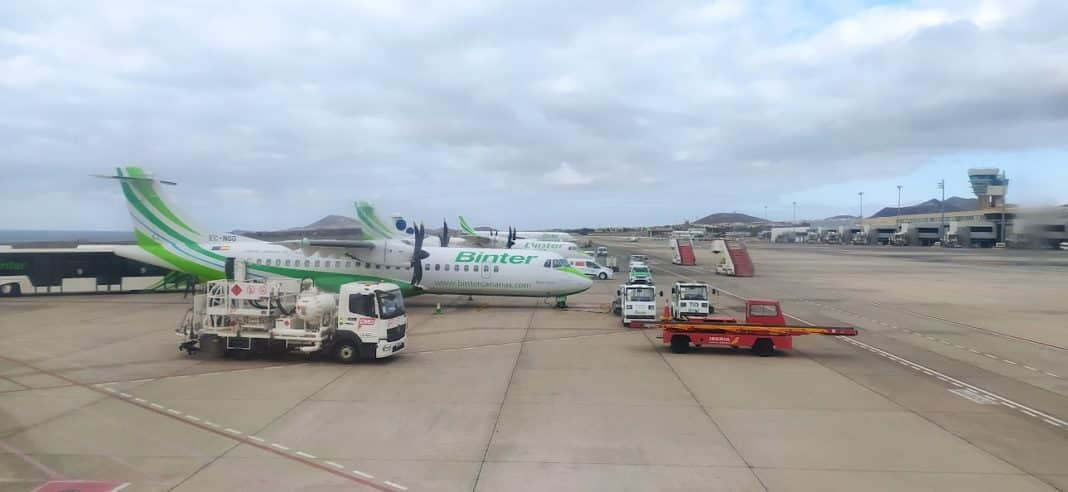The time it takes for an aircraft to travel between the terminal and runway at Alicante-Elche Miguel Hernadez Airport may soon be reduced, thanks to the revival of a project abandoned in 2019.
The objective of the project, which four years ago was awarded for more than 10 million euro, is to allow airplanes to circulate in two directions in the taxiing area in front of the new terminal. An option that does not exist now due to the dimensions of the area.
The project has been reactivated with the publication this week in the Official State Gazette (BOE) of the Environmental Impact Report formulated by the Ministry of Ecological Transition (positive, since “significant adverse effects on the environment” are not anticipated) after consulting the administrations and institutions affected.
The next step will be to re-tender the work. Something for which there is no established deadline but which in any case must be short-term, since the DORA (the Airport Regulation Document, which establishes the conditions to provide a quality service) sets 2026 as the horizon to have this operational expansion.
The objective of the project, as indicated in the environmental report, is “the expansion of the apron in front of the new terminal area (NAT) of the airport to […] solve the congestion problem that occurs when the simultaneous circulation of aircraft in the direction of entry and exit to the apron”. In this way, “the aim is to reduce runway occupancy time and increase safety and quality margins in the operations and services provided at the airport facilities.”
The main actions contemplated in the project are the flexible paving of the taxiway (3.5 hectares); service roads and handling area (1.3 hectares), replacement area of the perimeter road (0.3 ha) and transition area of the new area with the existing one. Likewise, an earth retaining wall is projected at the northern limit of the platform in front of the NAT, giving continuity to the existing wall. This wall will be made of prefabricated concrete blocks, with a height of 8 metres and a length of 194 metres, generating a slope at the eastern limit of the platform that will be covered with a reinforcing geomat.





